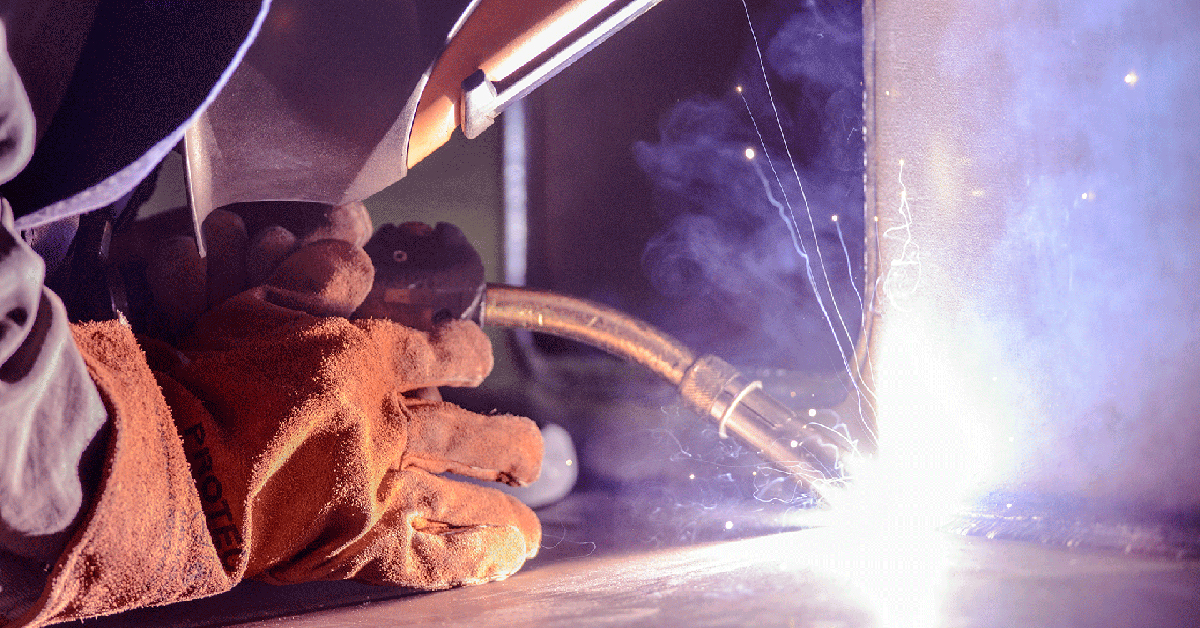Preventing Weld Undercut Demystified: Techniques for Success
Preventing Weld Undercut Demystified: Techniques for Success
Blog Article
Mastering the Art of Welding: Exactly How to Prevent Undercut Welding Issues for Flawless Construction Outcomes
By recognizing the origin triggers of undercut welding and executing effective strategies to stop it, welders can raise their craft to new degrees of excellence. In the pursuit of remarkable construction results, understanding the art of welding to prevent undercut issues is not simply a skill yet a requirement for those striving for excellence in their work.
Understanding Undercut Welding

To avoid undercut welding, welders need to make sure proper welding specifications, such as adjusting the present, voltage, traveling speed, and preserving the correct electrode angle. Furthermore, using the proper welding strategy for the particular joint arrangement is important. Utilizing weaving motions or backstepping methods can aid ensure appropriate weld steel deposition and reduce the possibility of undercut development. Normal evaluation of welds throughout and after the welding procedure is also vital to capture any undercut early and make needed changes to stop additional flaws. Preventing weld undercut. By recognizing the root causes of undercut welding and implementing safety nets, welders can accomplish high-grade, structurally sound welds.
Causes of Undercut in Welding
Understanding the factors that add to damage in welding is crucial for welders to generate high-grade, structurally audio welds. When the weld steel does not effectively fill the groove developed between the base steel and the formerly deposited weld steel, damaging happens. Several factors can bring about damage in welding. One common reason is extreme warm input. Welding at heats for extensive durations can result in the base steel melting even more than preferred, resulting in damage. Insufficient welding inaccurate or current welding rate can also add to undercut. Not enough current may not give sufficient heat to thaw the base and filler steels appropriately, while extreme rate can avoid correct combination, creating undercut. Furthermore, inappropriate electrode angles or inaccurate lantern manipulation methods can create areas of low weld steel deposition, promoting undercut. Comprehending these causes and implementing appropriate welding strategies can help stop undercutting problems, making certain durable and strong welds.
Methods to avoid Undercutting

To mitigate the risk of undercutting in welding, welders can employ strategic welding techniques targeted at enhancing the quality and integrity of the weld joints. One effective method is to adjust the welding parameters, such as voltage, current, and take a trip rate, to make certain correct warm input and deposition. Preserving an appropriate electrode angle and guaranteeing consistent travel rate can likewise assist avoid undercut. Additionally, using the proper welding strategy for the certain joint setup, such as weave or stringer beads, can add to minimizing undercutting. Preventing weld undercut.
In addition, correct joint preparation, including making certain content clean base products devoid of contaminants and making use of the ideal welding consumables, is critical in stopping undercut defects. Utilizing back-step welding methods and managing the weld bead account can additionally assist disperse heat uniformly and minimize the danger of undercut. Normal evaluation of the weld joint throughout and after welding, as well as carrying out quality control actions, can aid in resolving and spotting undercutting concerns promptly. By executing these strategies faithfully, welders can achieve perfect manufacture results with marginal undercut defects.
Relevance of Correct Welding Parameters
Choosing and preserving proper welding specifications is essential for attaining effective welds with very little flaws. Welding specifications refer to variables such as voltage, current, take a trip rate, electrode angle, and protecting gas flow rate that straight influence the welding procedure. These specifications must be carefully adjusted based upon the type of material being bonded, its density, and the welding technique employed.
Correct welding specifications make sure the correct amount of warmth is used to melt the base steels and filler material uniformly. If the criteria are set too expensive, it can bring about extreme heat input, creating distortion, spatter, or burn-through. On the various other This Site hand, if the specifications are also low, incomplete blend, lack of infiltration, or undercutting might occur.
Top Quality Assurance in Welding Procedures

Verdict
To conclude, grasping the art of welding needs a complete understanding of undercut welding, its reasons, and methods to avoid it. By guaranteeing proper welding criteria and applying quality control practices, remarkable construction results can be achieved. It is crucial for welders to constantly aim for excellence in their welding procedures to prevent undercut issues and generate premium welds.
Undercut welding, a common issue in welding processes, takes place when the weld metal doesn't appropriately fill up the groove and leaves a groove or clinical depression along the bonded joint.To prevent undercut welding, welders need to guarantee correct welding specifications, such as adjusting the present, voltage, travel rate, and maintaining the right electrode angle. Inadequate welding inaccurate or This Site existing welding speed can additionally contribute to damage.To mitigate the danger of damaging in welding, welders can employ calculated welding techniques aimed at boosting the quality and stability of the weld joints.In verdict, mastering the art of welding needs a comprehensive understanding of undercut welding, its reasons, and strategies to prevent it.
Report this page